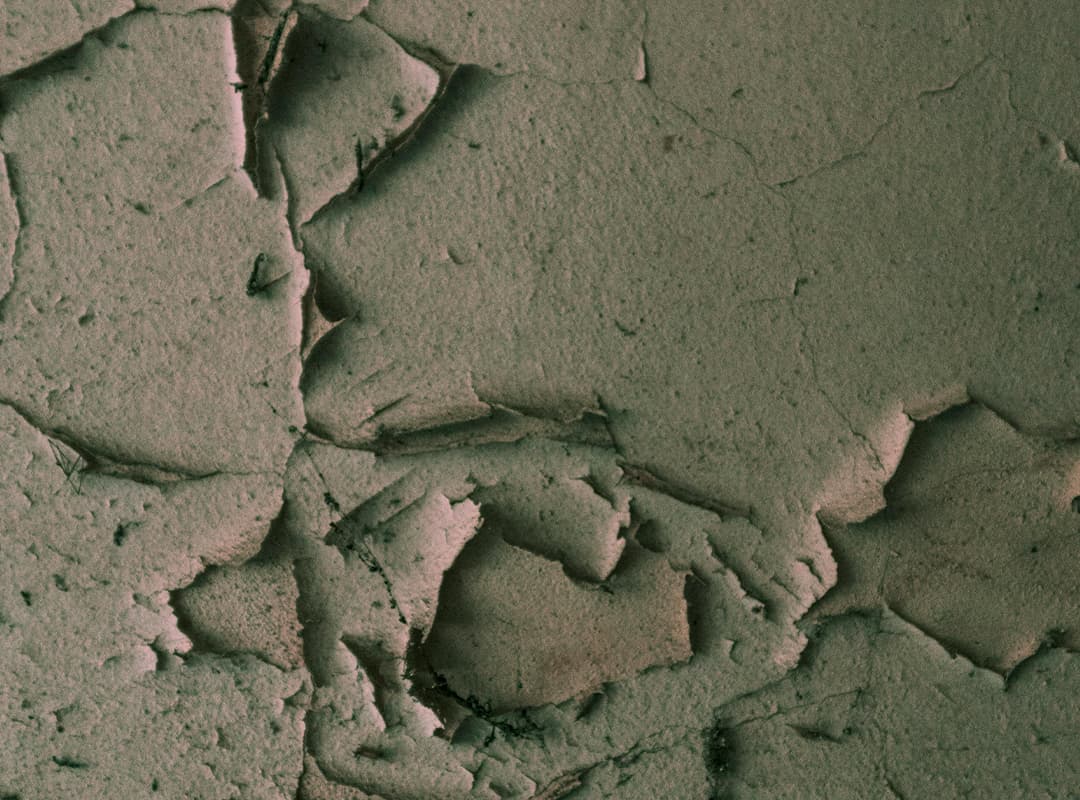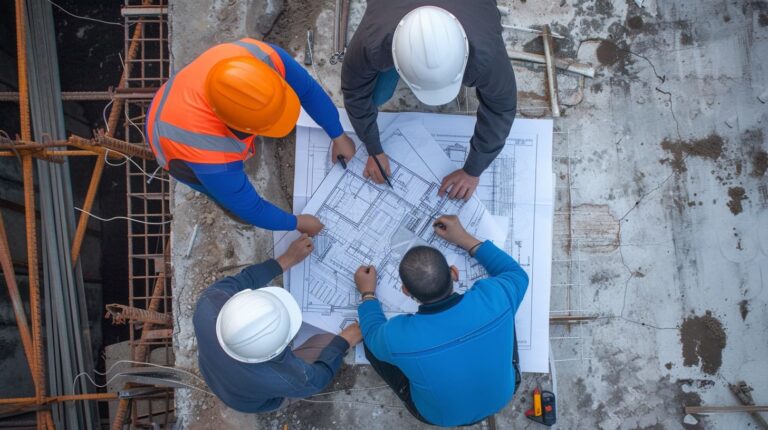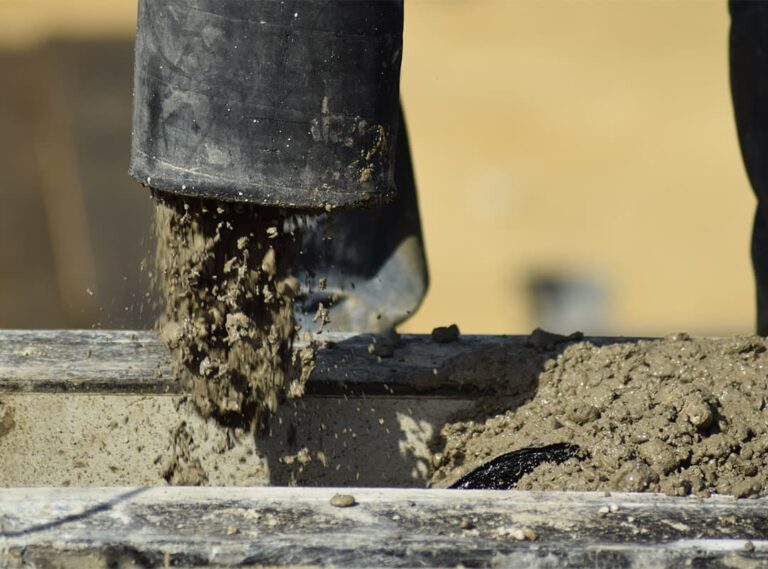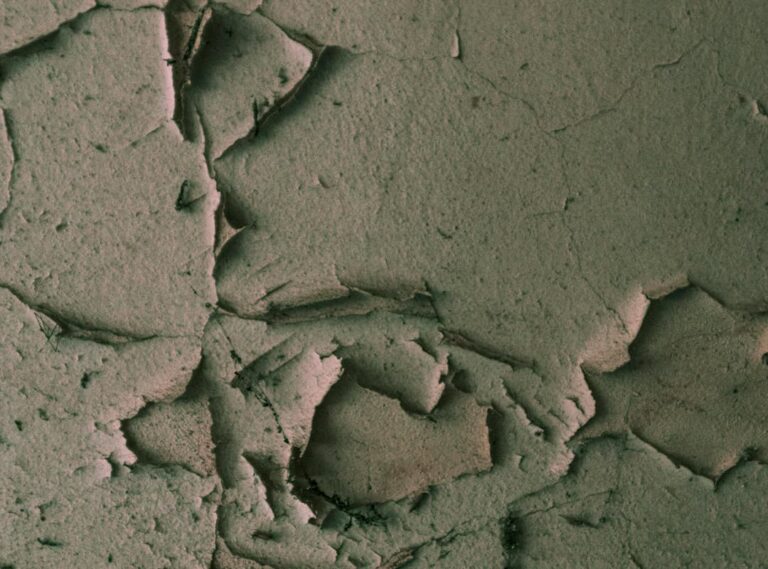If we compare monolithic and precast foundations, concrete pouring is seriously inferior in terms of time. The poured strip can be loaded only after it has reached full strength, which is 28 days. However, prefabricated structures have other undeniable advantages.
The minuses of prefabricated foundations are manifested where they should not be used
First of all, strip foundations should be considered not as monolithic structures. This is a frequent mistake of private developers, in civil and industrial construction this feature is taken into account separately.
How a single block works in a load-bearing serious load-bearing structure can be understood by several examples:
- Insufficient preparation. Unprepared base can differently “subside” when exposed to loads, hence – uneven shrinkage of the entire perimeter;
- Errors during installation (lack of proper dressing, wrong choice of cement mixture grade, too large distances between blocks, etc.);
- Improperly assessed soil, especially if the water table is high, will lead to the fact that FBS will “sag”, if not immediately after installation, then over time;
- In the absence of a reliable foundation, each block will experience separate loads, practically not participating in the unloading of load-bearing walls and floors.
At the same time, most of the durable blocks can be installed without preliminary preparation, it is enough to backfill with crushed stone (preferably gravel). But there are limitations. If you do not want to get a skewed box of erected walls, it makes sense to remember where prefabricated foundations should not be used:
- Weak soils with a high level of groundwater without additional protection measures and organization of a drainage system;
- Areas with a relief that does not allow the pouring of a reliable foundation;
- Houses in which one load-bearing wall is 3 or more meters higher than the other (load-bearing);
- For objects with a construction volume of more than 1,500 m3 in coastal areas.
If we take into account the scope of use of strip bases from FBS with the listed restrictions, the disadvantages will be excluded. The positive aspects of ready-made reinforced concrete products in this case will greatly simplify life, because every developer is interested in the delivery of the object in the shortest possible time.
If we talk about construction, the blocks have only pluses
Let’s not argue for a long time, just list the main advantages that give the use of FBS blocks, prepared for installation at the construction site:
- The block foundation is ready for wall erection 2-3 days after completion of installation. The reinforced concrete at the factory has gained strength, it is enough to wait for the cementitious mortar to set;
- The work goes quickly. While the crane puts the next block, the delivered FBS blocks can be tied together and the laying of mud bricks can begin;
- Waterproofing and drainage system can be carried out at the same time as installation, there is no need to wait for the formwork to gain strength and dismantle it;
- The size of the perimeter can be any size, it is enough to choose the appropriate size of the block. When laying out bay windows, corner joints can be poured with concrete or made of bricks;
- While the poured concrete is gaining strength (28 days), it is possible to erect walls. The technology of installation of prefabricated foundations allows you to significantly accelerate the construction of both private homes and industrial buildings.
- Therefore, if you take into account the soil on the site, prepare the support zone, excluding installation errors, the block foundation will be the leader in terms of strength, reliability and durability.
However, the disadvantages of such foundations should be taken into account, they are few, but they are there.








